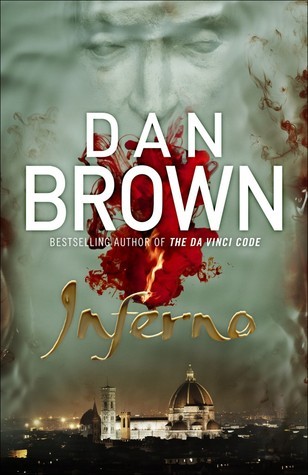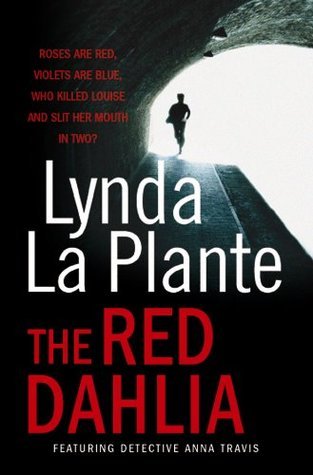Inferno (Robert Langdon, #4)
Title: Inferno (Robert Langdon, #4)

Author: Dan Brown
Published in: 2013
Date read: 24th November 2014
Score: 4/5
Genre: Thriller, Mystery
Plot: (Warning, may contain spoilers):
"Inferno" by Dan Brown is the fourth novel in his popular Robert Langdon series, published in 2013. True to Brown's style, it's a fast-paced thriller steeped in art history, symbology, and conspiracy, set against the backdrop of iconic European cities. This time, the stakes are nothing less than the future of humanity.
The story begins with Harvard symbologist Robert Langdon waking up in a hospital in Florence, Italy, suffering from amnesia. He has no recollection of the past 48 hours and is plagued by disturbing, hellish visions. Before he can fully grasp his situation, an assassin, Vayentha, bursts into his room, attempting to kill him. Langdon narrowly escapes with the help of Dr. Sienna Brooks, a brilliant and enigmatic young doctor who tends to his wounds.
As they flee, Langdon discovers a mysterious object in his possession: a small, ancient bone cylinder that projects a modified version of Sandro Botticelli's "Map of Hell," based on Dante Alighieri's *Inferno*. This immediately signals that he's embroiled in a new, high-stakes puzzle.
They soon learn that a brilliant, controversial geneticist named Bertrand Zobrist is at the heart of the mystery. Zobrist, a fervent Malthusian, believed that humanity's unchecked population growth was leading to an inevitable environmental collapse and a new dark age. Convinced that drastic measures are necessary to save the planet, he developed a deadly plague designed to decimate the global population, similar to the Black Death. Zobrist has committed suicide, but not before setting a meticulously planned chain of events in motion to release his biological weapon.
Langdon and Sienna embark on a frantic race across Florence, Venice, and ultimately Istanbul, following a trail of cryptic clues left by Zobrist. These clues are intricately woven into famous works of art, architecture, and Dante's Inferno, leading them through historical landmarks like the Palazzo Vecchio, the Florence Baptistery, and the Hagia Sophia.
As they decipher the riddles, they are relentlessly pursued by various factions:
A determined team from the World Health Organisation (WHO), led by Dr. Elizabeth Sinskey, who is desperate to find and contain the virus before it's too late.
A shadowy private organisation known as The Consortium, which provides clandestine services to powerful clients and has its own complex agenda regarding Zobrist's legacy.
The narrative is filled with twists and turns, betrayals, and revelations about characters' true allegiances. Langdon constantly questions whom to trust, as the line between ally and enemy blurs. The ticking clock of the virus's impending release adds immense tension to their desperate quest.
The climax takes place in the Basilica Cistern in Istanbul, where the final puzzle piece leads them to the location of Zobrist's carefully concealed bioweapon. Langdon, Sinskey, and others converge there for a final confrontation with the remaining players in Zobrist's plan.
"Inferno" tackles the pressing real-world issue of overpopulation and the ethical dilemmas surrounding radical solutions to global crises, forcing readers to consider the uncomfortable implications of Zobrist's extreme philosophy, even while condemning his methods. It's a signature Dan Brown thriller, combining historical intrigue with modern-day scientific and ethical debates.
Comments:
Another great action and adventure story that is filled with well researched history. Thoroughly enjoyed...nearly as much as Angels & Demons and The DaVinci Code.
Books that we've read by Dan Brown (7):
Digital Fortress (1998), Angels & Demons (Robert Langdon, #1) (2000), Deception Point (2001), The Da Vinci Code (Robert Langdon, #2) (2003), The Lost Symbol (Robert Langdon, #3) (2009), Inferno (Robert Langdon, #4) (2013), Origin (Robert Langdon #5) (2017)
This page was updated on: 24th July 2025

